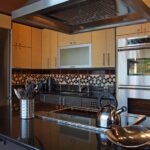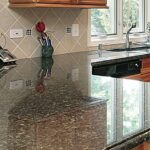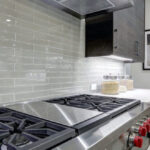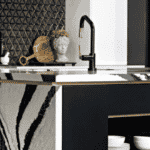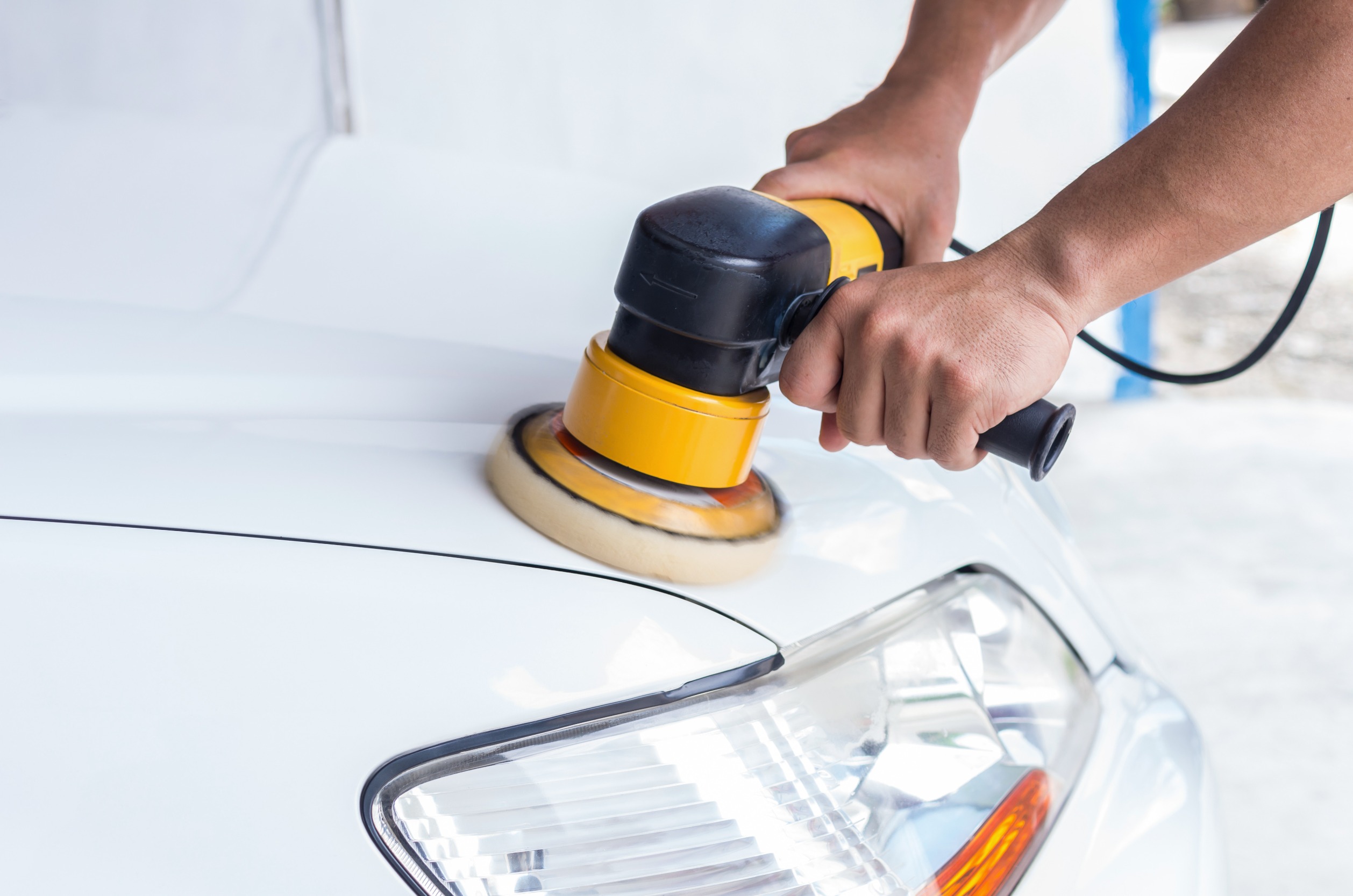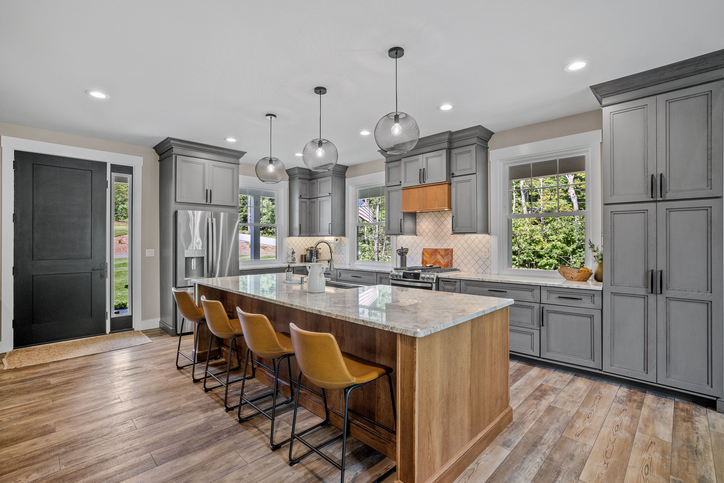What to Do When Your Countertop Gets Scratches
An unblemished counter is the marvelous cornerstone of any classy kitchen or excellent bathroom. Indeed, daily use in a home setting results in some damage, with scratching being one of the most prevalent problems for homeowners. Only help yourself to stone countertops if you prepare yourself to accept the reality of their scratch marks; at Stone Spirit, we know how annoying this can be. We are here to help if you need to repair your countertop.
Understanding Countertop Damage and Its Impact
- That first scratch on quality countertops always feels like a break, even if it is just with a surface. Apart from the appearance, scratches can harm your countertop and may cause more extensive harm if not rectified. Understanding the nature of those imperfections is essential to preserving the look and function of your countertop. Some marks can harm the appearance of countertops; at the same time, they make lines that let moisture and chemicals in and damage the material in the long run.
- Contemporary countertops are quite an investment in your home’s ROI (return on investment). Whether you have selected natural stone or engineered materials or use other surface coatings, preserving this investment entails knowing how abrasion occurs and how to prevent it. Scratches are signs of your countertop’s poor appearance and indicate compromised functionality, durability, and maybe even your house’s value.
DIY Repair Methods for Different Countertop Materials
Natural Stone Scratch Repair Techniques
- Natural stone repair starts with cleaning the affected area. Minor scratches in granite may be easily worked out using diamond polishing pads graduated from coarse to fine grit. Marble needs more delicate interventions, beginning with the excessive use of abrasive compounds that will cause more harm.
- Polishing pastes specific to stones are also bought in different grits and are used to restore the surface’s shine after scratches have been eliminated. These products usually contain tiny diamonds or other hard minerals that polish the stone without etching it further.
Polishing and Buffing Methods
A high-quality compound and superior polish on a buffing wheel will help remove surface scratches. The process typically involves:
- It is recommended that the surface is cleaned properly
- Just put a little of the polishing compound on the furniture.
- Operating the compound using a power buffer or hand-polishing pad
- Gradually shifting to a lesser number on the sandpaper
- Last finishing to return the sparkle.
- Sealing the repaired area
Engineered Surface Repair Strategies and Stains
Most engineered surfaces have repair kits provided by their manufacturers. These materials normally do not require stronger scratch removal compounds and coarse sandpaper for surface-level scratch removal. However, the work on quartz might be challenging because of its hardness and the presence of resin materials that may need certain approaches to be fixed.
Professional Countertop Repair and Restoration Services
In cases with heavily affected countertops, professional restoration services provide services that even an ordinary person cannot perform. At Stone Spirit, some scratch jobs may need professional handling to achieve the best yields. Let’s examine a vast, detailed globe of professional countertop restoration. It is important to take care and maintain your granite countertops or any other surface.
When to Seek Professional Help
- The decision to get an expert for restoration is usually made when do-it-yourself methods cannot handle particular circumstances that come with the restoration process. Complex cases of scratch damage, including basic scratch lines and underlying scratches, and scratches with other forms of damage like cracks, pitting, and discoloration, all need professional help. Whenever the impact damage results in surrounding stress fields or deep scratches that compromise the material’s physical properties, outside help becomes indispensable to proper repair.
- Another reason match detection should be left to professionals is that pattern matching is relatively complex. Surfaces with individual veins, multi-colors, or custom-finished surfaces require special attention to keep their looks intact. Heritage or antique types need the knowledge to maintain their history and address the damage problem.
- Homeowners who attempt it-yourself projects seek professional services when the projects fail. Professional restoration can fix these problems to get the correct results when initial repair attempts lead to poor surface characteristics, uneven surface appearance, and visible transitions. Most color-matching issues, mainly where the problem originated from natural stone surfaces, can only be solved by professionals.
- Insurance requirements may also require professional help. Most insurance contracts demand proof of loss, accreditation of repair processes, and appraisal reports. Moreover, warranty compliance relies heavily on the presence of well-trained experts to carry out the repair work.
Professional Assessment Process
- For professional restorers, the assessment starts with mapping, during which tools measuring the depth of the surface are used to determine the extent of the damage. In this first stage, photographic records are made, and the content of the materials is examined to decide on the kind of restoration.
- The two essential parts of the assessment are the testing procedures. Several professionals conduct hardness testing of areas that have been affected, determine the moisture level, and assess the efficiency of seals. The chemical sensitivity evaluation is beneficial in identifying how effective the different restoration products and methods will be and if the results of the exposure to the chemicals will be dangerous.
- The evaluation concludes with specific repair plans, in which specialists sketch a unique approach to the problem and the material. This planning phase involves time scaling, costing, and detailed calculations of the material needed for restoration.
Advanced Restoration Techniques
- Modern restoration depends on diamond technology, which uses advanced grinding systems and variable-speed polishing machines. Diamond-embedded pads and precision cutting tools enable the doctor to perform an exact restoration process. All these advanced tools produce performances that are impossible to attain when using mere consumer-level equipment.
- Chemicals are used extensively in professional restoration. Industry professionals use industrial-strength products and solutions that clean most countertop materials. Antibacterial, non-abrasive cleaners are used on these surfaces, and protective sealants formulated for the countertop material used are applied to make the surfaces last longer.
- Matching colors has become highly technical, and specialists employ color analysis and controlled pigments. Long-lasting polymers for repair areas prevent UV fading, while replication methodologies allow for blending restoration areas with other surface areas.
The Restoration Process
- The first step in the professional restoration process is surface preparation. This important preliminary stage consists of thorough disinfection measures to eliminate all hazards, surface protection, and precise area containment to avoid contact with other surfaces. Technicians employ industrial vacuums and the latest moisture readers to ensure the best conditions for restoration.
- Complication repair involves fine scratch removal methods, depth repair, and pattern matching. This means surface leveling is challenging and requires the highest artistry and quality instruments. Dial buffers and Nano polishing systems enable the definition of the finishing process at high speeds.
- Secondary treatments relate to making the restored area more aesthetically appealing and resilient. Recycling procedures provide specific color matching with corresponding areas; texture matching can hardly be noticed. The process ends with the correct sealer application and protection systems to prevent further damage to the structure.
Conclusion
Scratches on the countertop are a challenge that homeowners loathe, yet many damages are manageable if the right approach is used. Appreciating your countertop material and properly handling it will go a long way in preventing damage and repair when necessary. And as is always the case with scratches—be it doing the work on your own or calling in the professionals—it is always best to get to them as soon as possible to ensure that the countertop retains as much of its beauty and, therefore, value.
It is essential to understand that, more often than not, correct care and maintenance are your strongest allies against countertop problems. Preventive measures such as frequent checkups, attending to minor scratch damages, and covering the countertop will go a long way in maintaining the countertop quality. For more severe abrasions or if unsure, it is always advisable to seek the services of a professional firm such as Stone Spirit for your countertop needs.
Adhering to the recommendations in this article, coupled with careful maintenance of your countertops, should ensure that they last and provide you with the desired service. Scratches on your investment can significantly reduce the value and aesthetic of the material—do not let this happen; act now and cover your surfaces effectively to keep them unblemished.



